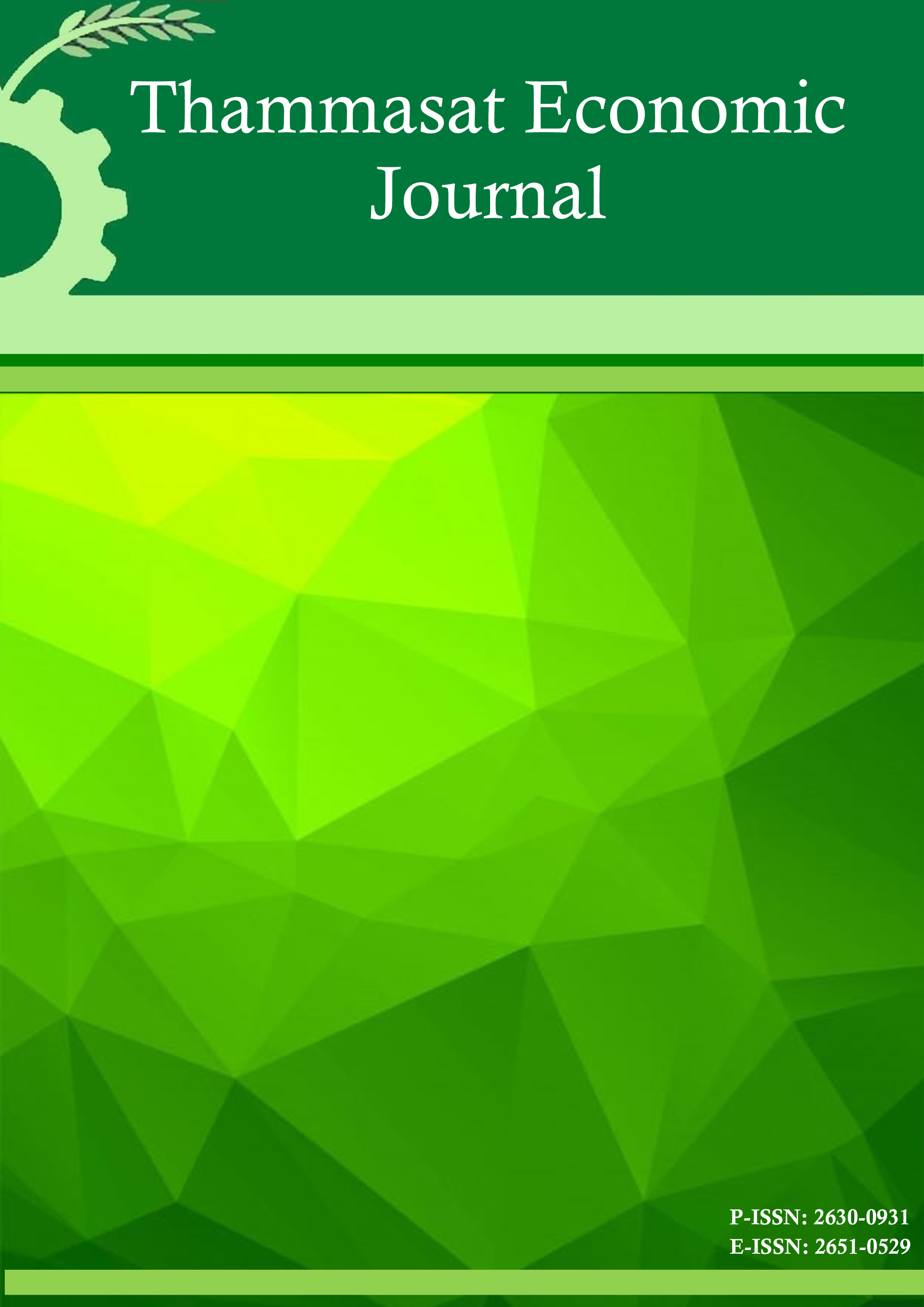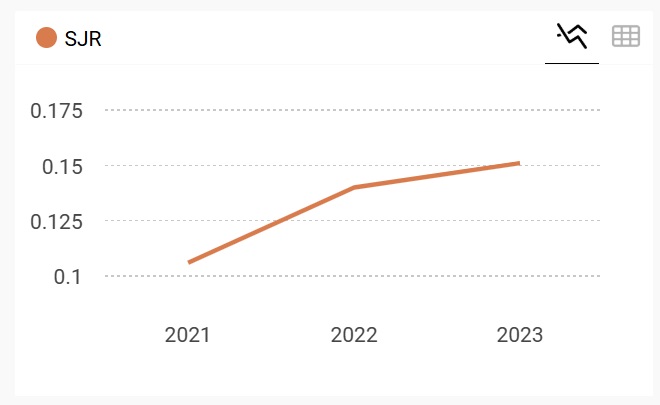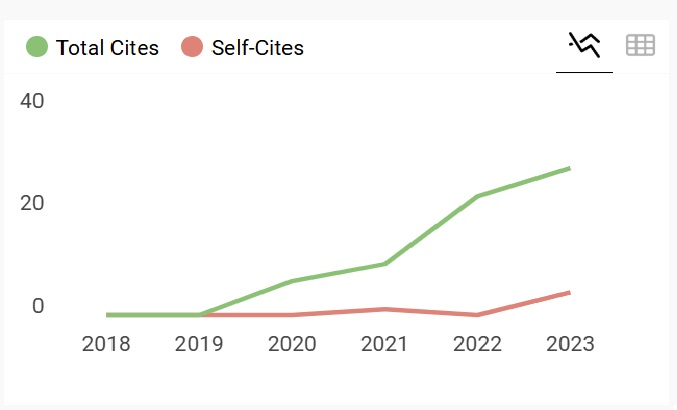Thailand’s Public Debt Level and Debt Crisis
Keywords:
Debt crisis, public debt, fiscal policyAbstract
Thailand has adopted a public debt to GDP ratio at the maximum of 60 percent as a fiscal sustainability framework. This rule of thumb, however, is questionable since we have witnessed debt crises happened in some European countries that follow a similar rule of EU. Using Reinhart (2010) dataset, we find that not only debt to GDP ratio but also other macroeconomic conditions determine a chance of a crisis. For Thailand, as in 2008 economic condition, the stress test indicates that the level of debt to GDP that triggers a debt crisis is around 80-90 percent. However, the level is lowered to 60-70 percent in a period of severe contraction. Nonetheless, past evidences showed that debt crises often occurred with or followed other types of crises (e.g. banking crisis); such situation could easily double the public debt to GDP ratio because of the government bailout practice. We therefore propose to reduce the maximum debt to GDP ratio to 40-45 percent as a new fiscal sustainability framework of Thailand.
References
Cohen, D. (1992) The debt crisis: A postmortem, NBER Macroeconomics Annual, 7, pp. 65-114.
2.De Paoli, B., Hoggart, G., & Saporta, V. (2006) Cost of sovereign default, Financial Stability Paper no. 1 (Bank of England).
3.Detragiache, E. & Spilimbergo, A. (2001) Crisis and liquidity: Evidence and interpretation, IMF Working Paper WP/01/2 (Washington, DC).
4.Manasse, P. & Roubini, N. (2009) Rule of thumb for sovereign debt crisis, Journal of International Economics, 78, pp. 192-205.
5.Manasse, P., Roubini, N., & Schimmelpfennig, A. (2003) Predicting sovereign debt crises, IMF Working Paper WP/03/221 (Washington, DC).
6.Pescatori, A. & Sy, A. N. R. (2004) Debt crisis and the development of international capital markets, IMF Working Paper WP/04/44 (Washington, DC).
7.Reinhart, C. M. (2010) This time is different chartbook: Countries history on debt, default, and financial crisis, NBER Working Paper no. 15815.
8.Reinhart, C. M. & Reinhart, V. R. (2009) Capital flow bonanza: An encompassing view of the past and present, in J. Frankel & F. Giavazzi (Eds) NBER International Seminar in Macroeconomics 2008, pp. 1-54 (Chicago: Chicago University Press).
9.Reinhart, C. M. & Rogoff, K. S. (2009) This time is different: Eight centuries of financial folly (New Jersey: Princeton University Press).
10.Reinhart, C. M. & Rogoff, K. S. (2010) From financial crash to debt crisis, NBER Working Paper no. 15795.
11.Reinhart, C. M., Rogoff, K. S., & Savastno, M. A. (2003) Debt Intolerance, NBER Working Paper no. 9908.









